Chief Scientist Demetris Skourides used his address at the opening of the Cyprus Space Research and Innovation Centre (C-SpaRC), hosted by the Cyprus Space Exploration Organisation (CSEO), to unveil a dynamic blueprint for Cyprus’ future in space exploration.
At the event, which took place on Wednesday, Skourides shared his excitement about the country’s strategic vision for 2022-2027, emphasising a multi-faceted approach that covers Space Technologies, Communication Services, Earth Observation, education, and science.
“A key strategic objective for us is to become an ESA Associate Member by 2025,” he said, showcasing Cyprus’ ambitious goals.
Skourides emphasised the broad objectives of the strategy which aim to bolster top-class research, commercialise results, support startups in the global space industry, and develop satellite-based services.
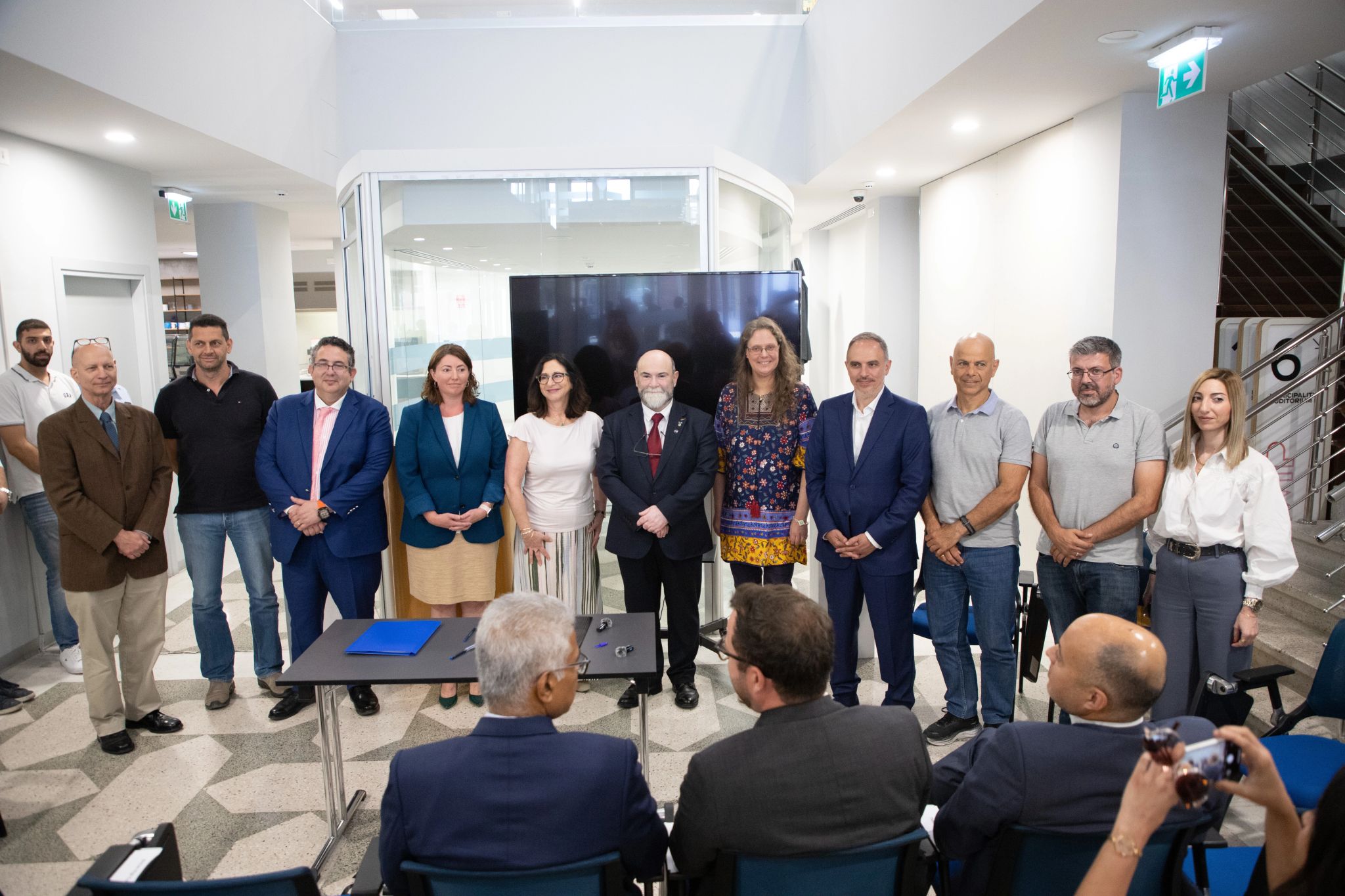
The Chief Scientist provided insights into his visits to various high-tech and deep-tech entities across Cyprus, praising the impressive advancements within the national ecosystem which now comprises over 50 organisations, including enterprises and research entities.
Skourides revealed the development of a specialised cluster in space technologies within Cyprus, enhanced through significant investment in sectors like Earth Observation, Environment and Climate Research, and advanced materials.
This growth is supported by the National Funding Agency for Research and Innovation Foundation (RIF), which has funded strategic infrastructures in critical areas like health, environment, energy, and space.
“These infrastructures act as a platform for world-class collaborations, inviting international partners to contribute to cutting-edge research and innovation,” he noted.
Detailing the components of C-SpaRC, Skourides shared that the centre was chosen through a competitive funding process to establish a multi-million Euro strategic infrastructure focusing on space weather, human spaceflight health, and advanced space technologies.
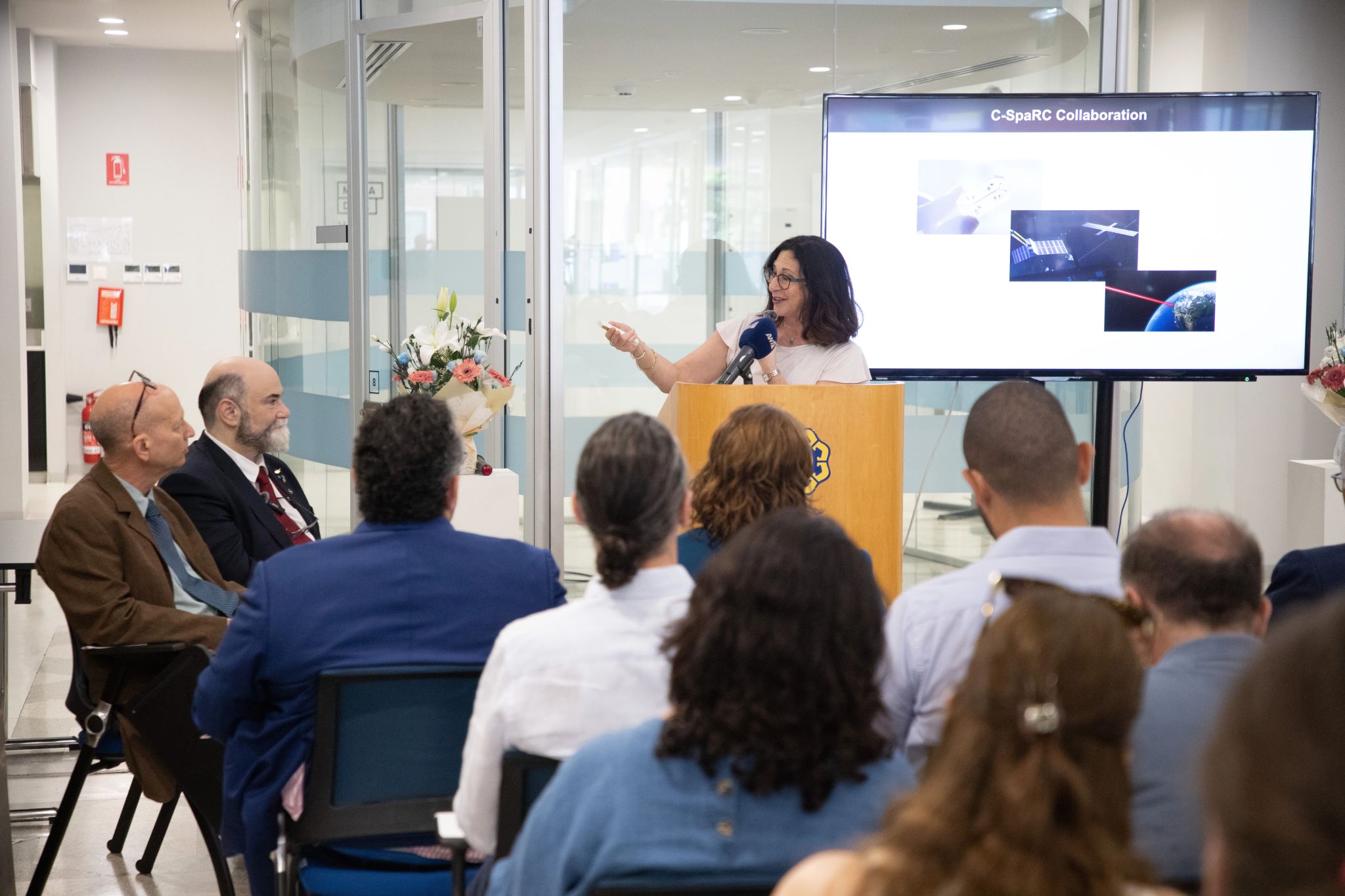
Key local partners include the Cyprus Institute of Neurology, CYENS, the University of Cyprus, Aretaieion Hospital, and Space Systems Solutions (S3), each bringing unique expertise to the table.
The Chief Scientist did not shy away from celebrating the gender equality strides within the teams, highlighting that 50 per cent of researchers in some departments are female.
He also pointed out C-SpaRC’s international collaborations with giants like NASA, Lockheed Martin, and the Sodankyla Geophysical Observatory, emphasising a robust global network.
Skourides enthused about the real-world impact of these initiatives saying that “this is not just about space; it’s about tangible results here in Cyprus, aiming to position us in the rapidly growing global space industry”.
He detailed the strategic alignment of C-SpaRC with the Cyprus Space Strategy, emphasising its role in improving life on Earth, creating high-tech jobs, and offering young talent international opportunities.
Imagining a future where Cyprus contributes significantly to space technology, he said that “in just 111 weeks, we expect to launch the first Cyprus-built micro-satellite”.
This statement underscores Cyprus’ rapid technological advancements and highlights its strategic geographical position enhancing its role as a fundamental hub for space research and international cooperation.
As Cyprus prepares to host the Space Conference in 2025 in Nicosia, Skourides’ address encapsulated a vision of Cyprus not just participating in but leading within the global space research community.
“C-SpaRC is a game changer for Cyprus,” he concluded, outlining its potential to transform Cyprus into a global hub for research, innovation, and technology.


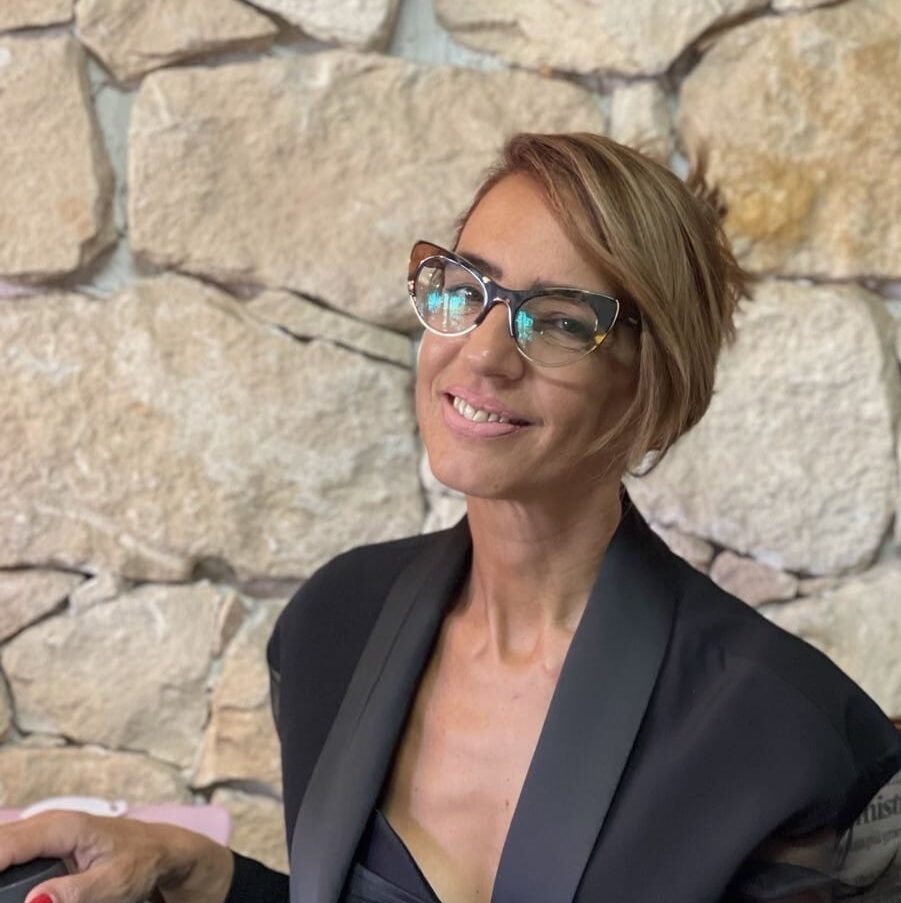

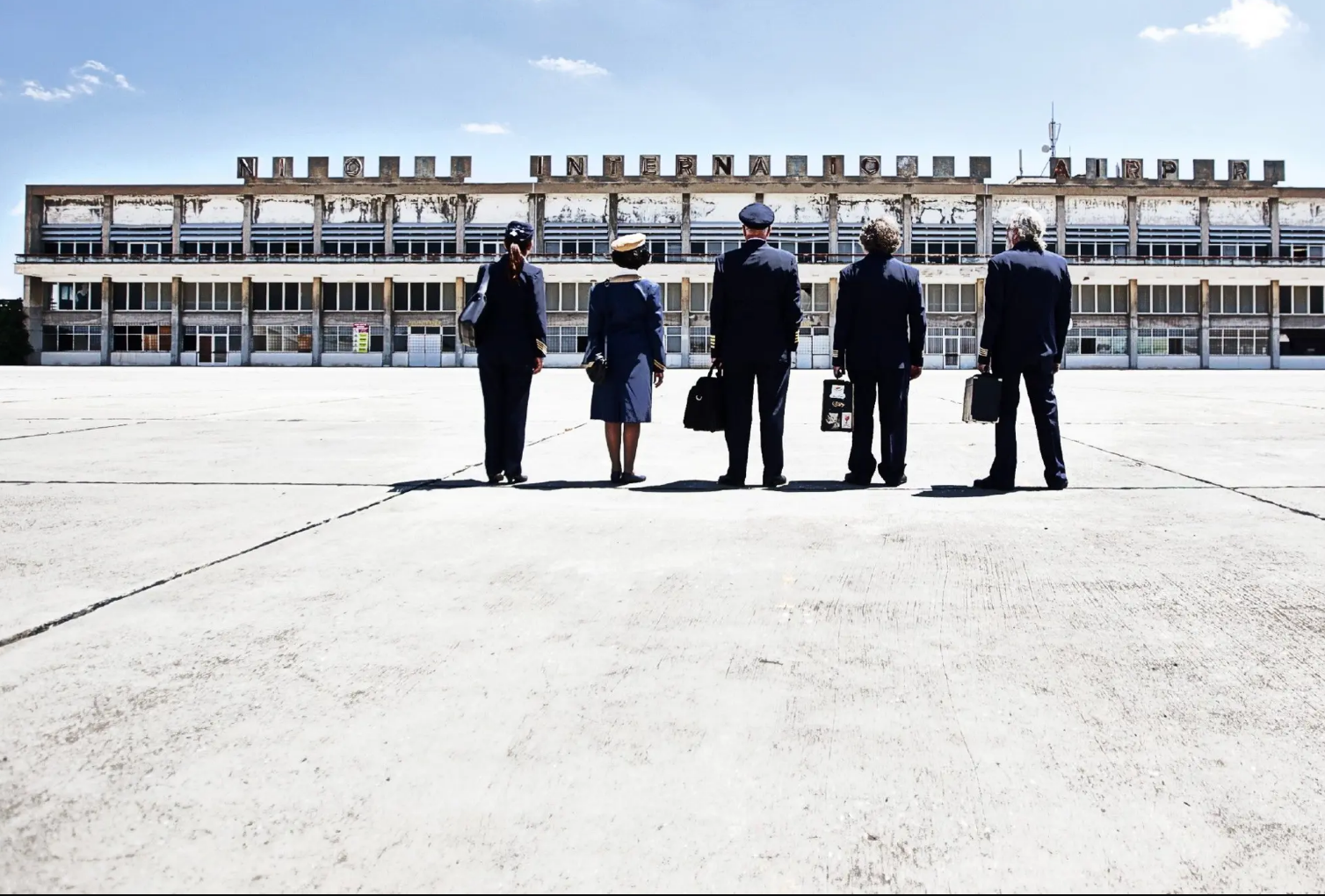

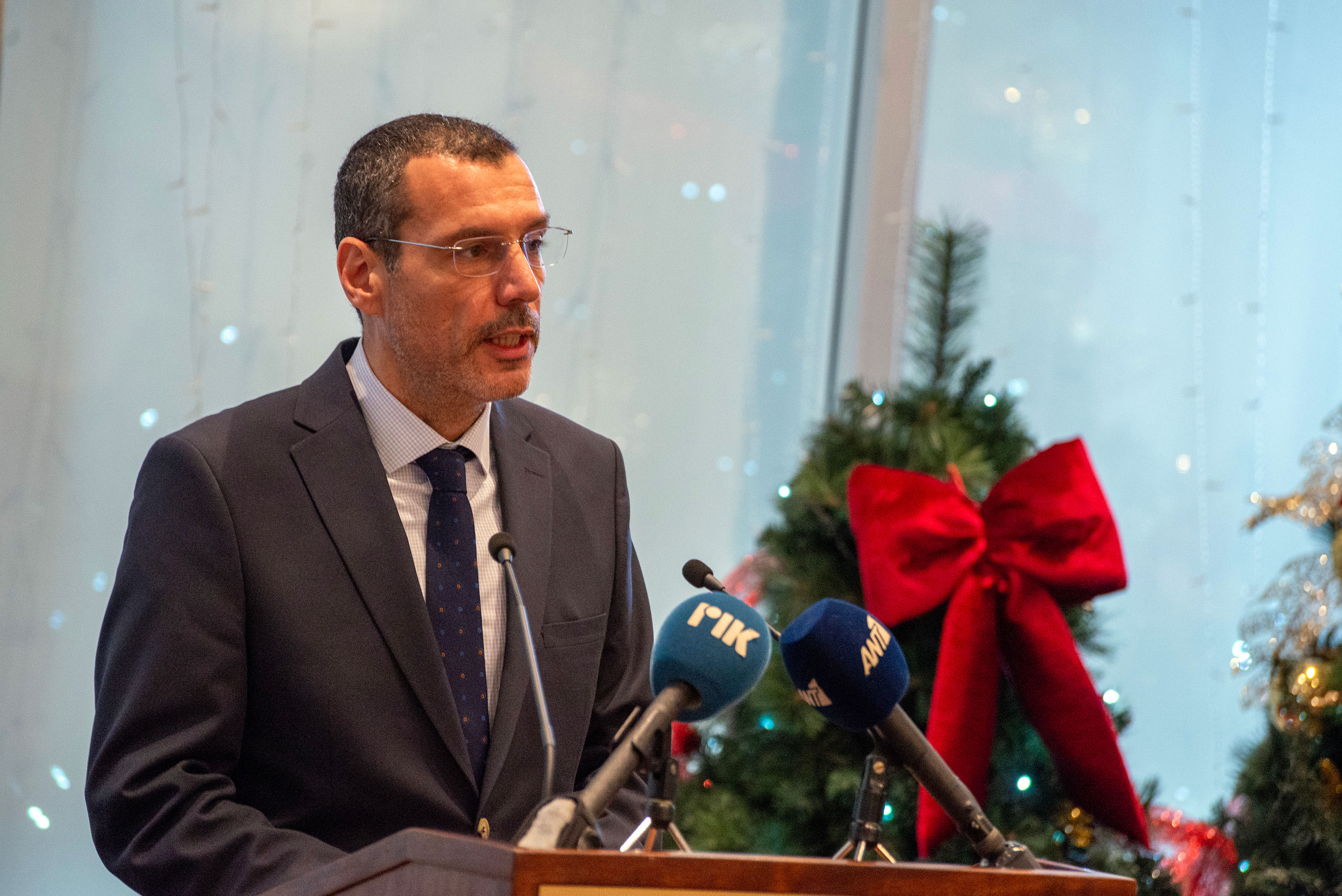
Click here to change your cookie preferences